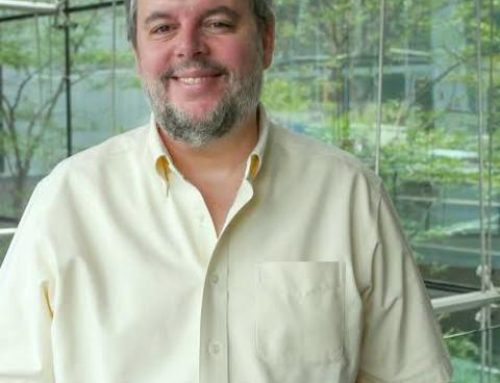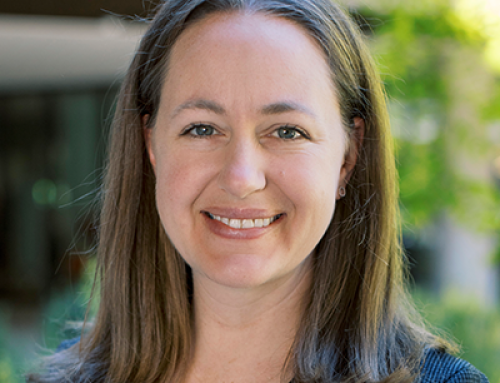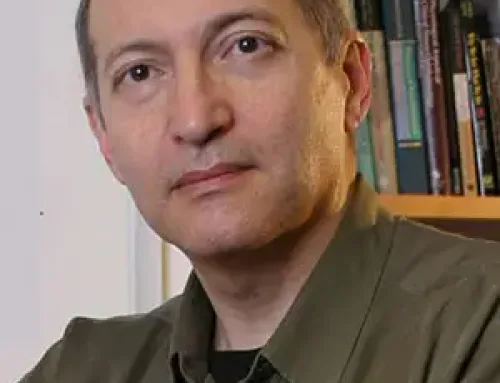Friday Lectures

Friday, November 15, 2019 3:45 p.m
Caspary Auditorium
Brenda Schulman, Ph.D.
Director and Scientific Member
Department of Molecular Machines and Signaling
Max Planck Institute of Biochemistry
How a Ubiquitin-like Protein Brings Ubiquitylation to Life
Recommended Readings:
Empirical Articles
Huttenhain, Ruth; Xu, Jiewei; Burton, Lily A.; et al. (2019). ARIH2 Is a Vif-Dependent Regulator of CUL5-Mediated APOBEC3G Degradation in HIV Infection. CELL HOST & MICROBE. 26 (1): 86- 99.e7
Scott, Daniel C.; Rhee, David Y.; Duda, David M.; et al. (2016). Two Distinct Types of E3 Ligases Work in Unison to Regulate Substrate Ubiquitylation. CELL. 166 (5): 1198-1214
Duda, David M.; Scott, Daniel C.; Calabrese, Matthew F.; et al. (2011). Structural regulation of cullin-RING ubiquitin ligase complexes. CURRENT OPINION IN STRUCTURAL BIOLOGY. 21 (2): 257-264
Zimmerman, Erik S.; Schulman, Brenda A.; Zheng, Ning. (2010). Structural assembly of cullin-RING ubiquitin ligase complexes. CURRENT OPINION IN STRUCTURAL BIOLOGY. 20 (6): 714-721
Huang, Danny T.; Ayrault, Olivier; Hunt, Harold W.; et al. (2009). E2-RING Expansion of the NEDD8 Cascade Confers Specificity to Cullin Modification. MOLECULAR CELL. 33 (4): 483-495
Duda, David M.; Borg, Laura A.; Scott, Daniel C.; et al. (2008). Structural insights into NEDD8 activation of Cullin-RING ligases: Conformational control of conjugation. CELL. 134 (6): 995-1006
Review Papers
Enchev, Radoslav I.; Schulman, Brenda A.; Peter, Matthias. (2015). Protein neddylation: beyond cullin-RING ligases. NATURE REVIEWS MOLECULAR CELL BIOLOGY. 16 (1): 30-44
Lydeard, John R.; Schulman, Brenda A.; Harper, J. Wade. (2003). Building and remodelling Cullin-RING E3 ubiquitin ligases – ‘Ubiquitylation: mechanism and functions’ review series. EMBO REPORTS. 14 (12): 1050-1061
Book Chapters
Taherbhoy, Asad M.; Schulman, Brenda A.; Kaiser, Stephen E. (2012). Ubiquitin-like modifiers. LYSINE-BASED POST-TRANSLATIONAL MODIFICATION OF PROTEINS. 52: 51-63
Dye, Billy T.; Schulman, Brenda A. (2007). Structural mechanisms underlying posttranslational modification by ubiquitin-like proteins. ANNUAL REVIEW OF BIOPHYSICS AND BIOMOLECULAR STRUCTURE. 36: 131-150





